White Oleander (film)
7.2 /10 1 Votes
Duration Language English | 7.2/10 IMDb Genre Drama Country United States | |||||||||||||||||||||||||||||||||
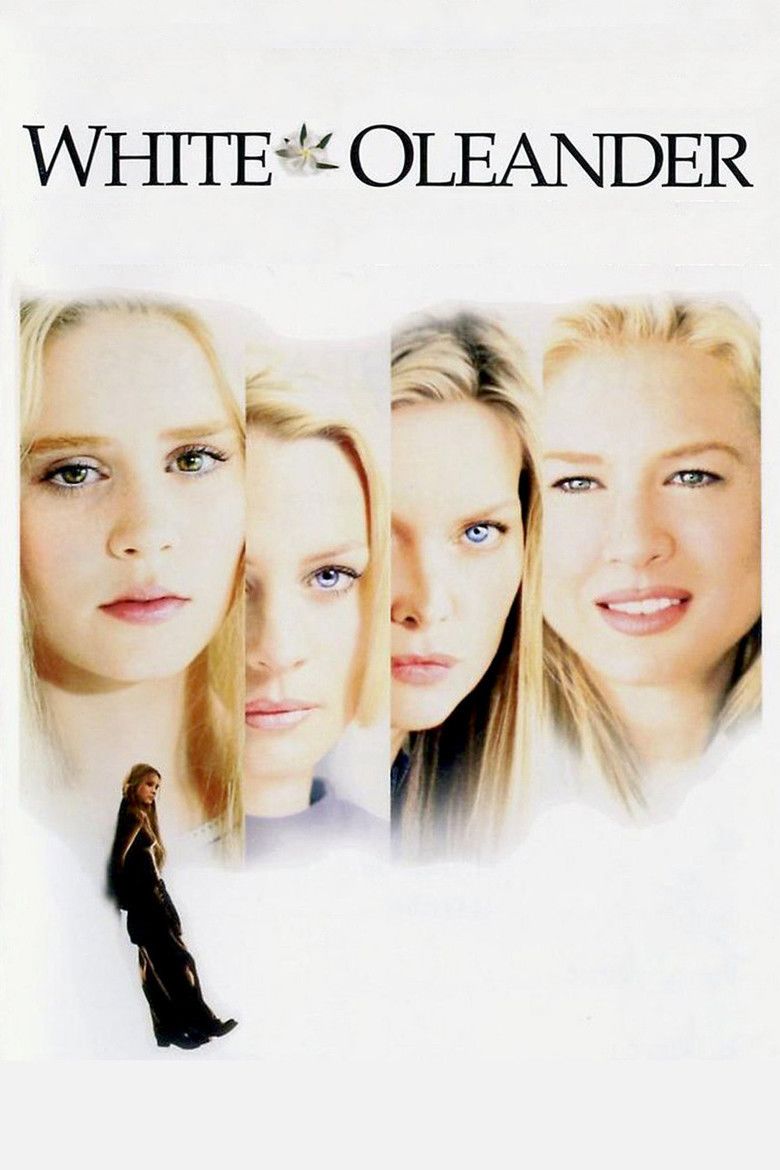 | ||||||||||||||||||||||||||||||||||
Release date October 11, 2002 (2002-10-11) Cast (Astrid Magnussen), (Ingrid Magnussen), (Ray), (Starr), (Miss Martinez), John Billingsley (Paramedic)Similar movies Mad Max: Fury Road , Jurassic World , The Maze Runner , The Shawshank Redemption , Blackhat , The Amazing Spider-Man | ||||||||||||||||||||||||||||||||||
White oleander trailer
White Oleander is a 2002 American drama film directed by Peter Kosminsky. The cast stars Alison Lohman in the central role of Astrid Magnussen and Michelle Pfeiffer as her temperamental mother Ingrid, with Robin Wright, Noah Wyle and Renée Zellweger in supporting roles. The screenplay was adapted from Janet Fitch's 1999 novel White Oleander, which was selected for Oprah's Book Club in May 1999.
Contents
- White oleander trailer
- White oleander part 1
- Plot
- Cast
- Production
- Differences between novel and screenplay
- Reception
- Accolades
- Home media
- References

White oleander part 1
Plot

15 year-old Astrid Magnussen (Alison Lohman) is living in Los Angeles with her mother, the free-spirited artist Ingrid (Michelle Pfeiffer). Since her father left before she was old enough to remember him, Astrid depends heavily upon the care of her passionate but largely self-centered mother.
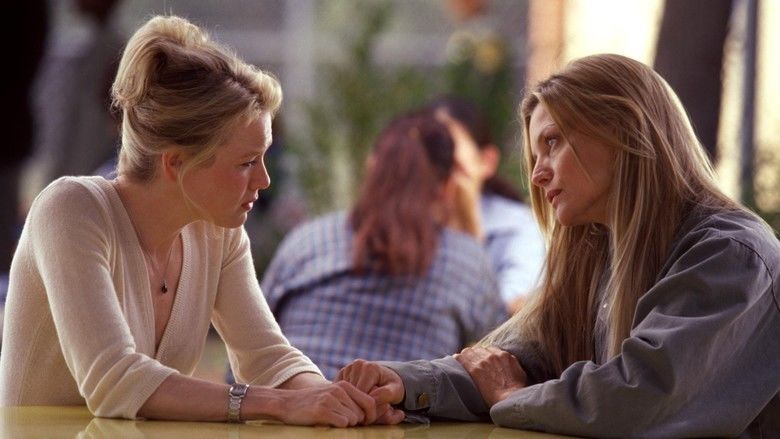
Ingrid's current relationship with a writer named Barry (Billy Connolly) ends when she discovers he is cheating on her with younger women. Ingrid murders him with a poison made from white oleander. Ingrid is arrested and sentenced to life in prison, leaving Astrid under the care of the state of California.
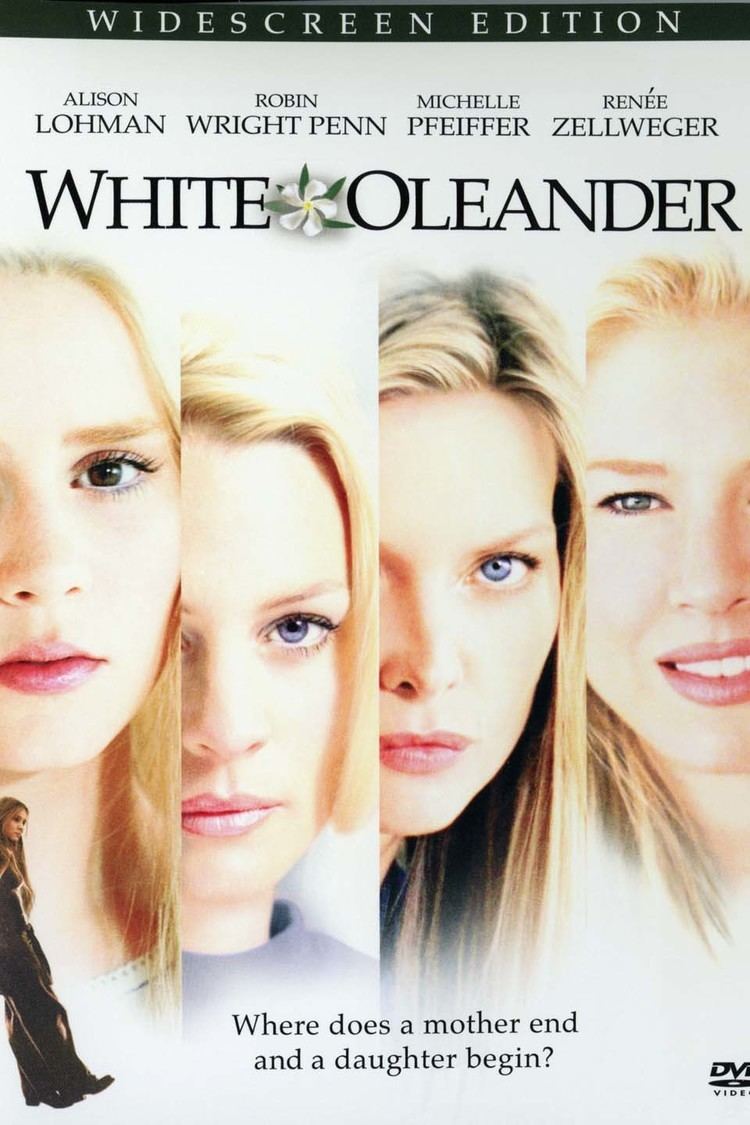
Astrid is sent to live with foster mother Starr Thomas (Robin Wright), a former stripper who is a recovering alcoholic and born-again Christian. They initially interact well, with Astrid being baptised into Starr's church. However, Ingrid is appalled at her conversion and subtly manipulates Astrid against her foster family. Astrid begins an affair with Starr's live in boyfriend Ray (Cole Hauser), which drives Starr into drinking again. After a loud argument with him, she runs into Astrid's room in a drunken rage and shoots her in the shoulder. The other children beg her not to tell who shot her, so Astrid pretends she has no clue.

Astrid spends some time recovering in a hospital before being moved to a violent group foster home. After fighting with some girls, she strikes up a friendship with fellow artist Paul Trout (Patrick Fugit).
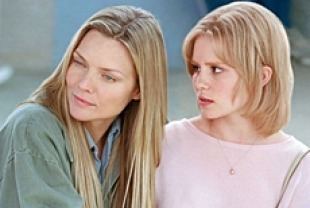
Eventually, Astrid is placed in the care of Claire Richards (Renée Zellweger), a former actress, and her producer husband Mark (Noah Wyle). Claire is a sweet, affectionate woman who forms a close bond with Astrid. One day, Astrid comes home to find a letter from her mother to Claire. She confronts Claire only to find out that it has been going on for a while and that they plan on meeting. Claire accompanies Astrid on a visit to Ingrid in prison. The jealous Ingrid exploits Claire's low self-esteem and suspicions over Mark's fidelity, much to Astrid's outrage. During a bad argument with Mark, she agrees to send Astrid back to try and save her marriage. After a tender conversation where they cuddled in bed together, Claire unexpectedly commits suicide, devastating Astrid.
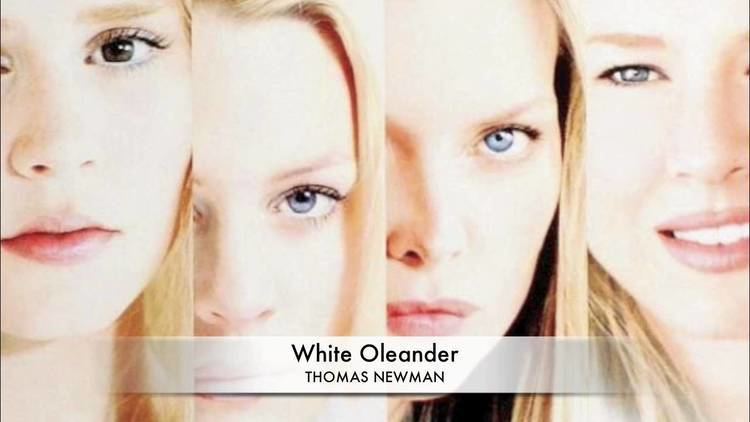
Astrid visits her mother to inform her of Claire's death, that she was returned to MAC and that she will never visit her again. Paul is still there and tells her that when he turns 18 that weekend he will move to New York. He asks Astrid to accompany him but she refuses.
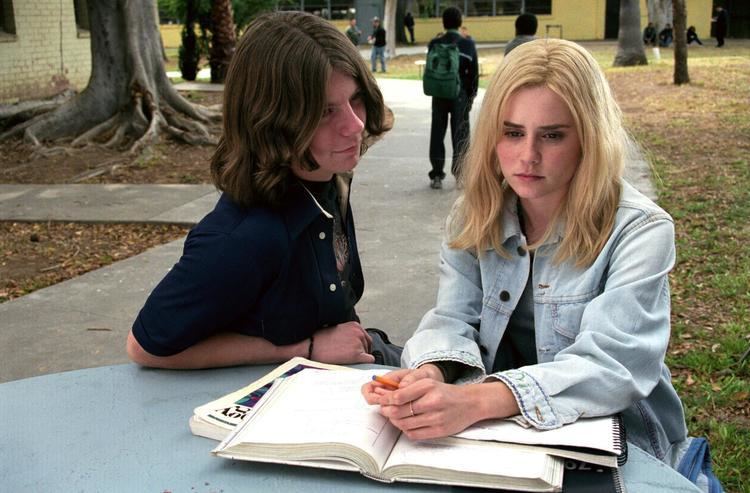
Astrid passes up better foster parent candidates and chooses to live with a Russian immigrant, Rena (Svetlana Efremova), who treats her foster children as cheap laborers for her swap meet business. During her time with Rena, she becomes colder and colder with her appearance matching her insides. She is approached by her mother's attorney (Kali Rocha), a woman taken in by her mother's charm. She offers Astrid anything she wants in exchange for lying for her mother in court since her mother has benefactors. After refusing, Rena tells her that she's stupid to do so since a car and art school cost money. She then offers her to be her partner in their business since she has nowhere better to go. When Astrid refuses, Rena tells her to use her mother like her mother wants to use her.

Astrid visits her mother, astonishing her with her appearance. She is no longer blond, but has black hair, harsh makeup and dark clothes. Astrid realizes Rena was right and demands answers about her past in exchange for testifying that she killed Barry in self-defense. Astrid hammers her with questions about Barry, her father, Claire and who Annie was. Ingrid admits to leaving her with Annie for around a year and that her father came looking for her when she was 8, but Ingrid turned him away for leaving them 7 years before. Ingrid claims she would take all she has done back, but when Astrid begs her to not make her testify, she refuses.
Astrid goes to a comic book shop looking for letters from Paul. He soon shows up by bus in Los Angeles with her waiting for him. He accompanies her to her mother's trial as she waits to testify. The courtroom lets out and a curious Astrid goes to see what is going on. She questions her mother's attorney and finds out that she was instructed her to leave her alone. Her mother spots her in the courtroom and they stare at one another as she is led away. Gutted, Astrid stares out the window as her mother is taken back to the bus to return to prison. Paul asks what happened and she exhales that her mother let her go.
Two years later, a once again blond Astrid has created a life in New York City with Paul. She is last seen tending to her art; suitcases depicting all she has been through. As she passes them, she closes each, stating she will never visit the horrors they contain again.
Cast
Production
Barbra Streisand turned down offers to direct the film and play Ingrid Magnussen.
Alison Lohman wore a wig throughout filming because she had just finished playing a cancer patient in deleted scenes from the film Dragonfly (2002).
The film clip Claire (Renée Zellweger) shows Astrid as an example of her acting career is of Zellweger's own early performance in The Return of the Texas Chainsaw Massacre (1994).
Differences between novel and screenplay
There are a number of crucial differences between the book and movie.
Reception
White Oleander holds a rating of 70% on Rotten Tomatoes and a score of 61 on Metacritic, indicating generally favorable reviews.
Stephen Holden, writing for the New York Times, called it a "rich, turbulent adaptation," and described the performances as "superbly acted from top to bottom." Comparing it to other films on the same theme – Anywhere but Here (1999), Tumbleweeds (1999), and The Divine Secrets of the Ya-Ya Sisterhood (2002) – Holden found White Oleander to be the only one to show "how children instinctively absorb their parents' attitudes and personalities." Roger Ebert, writing for the Chicago Sun-Times, wrote, "White Oleander tells a sad story of crime and foster homes, and makes it look like the movie version. The film takes the materials of human tragedy and dresses them in lovely costumes, Southern California locations and star power." Andrew Sarris, writing for The Observer, named it as a runner-up on his list of the ten best English-language films of 2002.
The performances were widely acclaimed, particularly those of Pfeiffer and Lohman. The New York Times called Pfeiffer's role the "most complex screen performance of her career... at once irresistible and diabolical", while the Los Angeles Times singled out her "riveting, impeccable performance in what is literally and figuratively a killer role." Variety described it as a "daring, unsympathetic performance". Lohman's work was variously described as "the year's most auspicious screen acting début", a "tremendously weighty and extended role... [taken on] with great confidence" and an "awesome performance".
Accolades
Pfeiffer won the Kansas City Film Critics Circle Award for Best Supporting Actress and the San Diego Film Critics Society Award for Best Supporting Actress, and received a nomination for the Screen Actors Guild Award for Outstanding Supporting Actress.
Zellweger was nominated for the Satellite Award for Best Supporting Actress – Motion Picture.
Lohman was nominated for the Phoenix Film Critics Society Award for Best Newcomer.
Marc Donato won a Young Artist Award in the category of Best Performance in a Feature Film – Supporting Young Actor.
Home media
Umbrella Entertainment released White Oleander on DVD in December 2011. The DVD is compatible with all region codes and includes special features such as the theatrical trailer, interviews with the cast and creators, behind the scenes footage and audio commentary with Peter Kosminsky, John Wells and Janet Fitch.
References
White Oleander (film) WikipediaWhite Oleander (film) IMDb White Oleander (film) themoviedb.org
